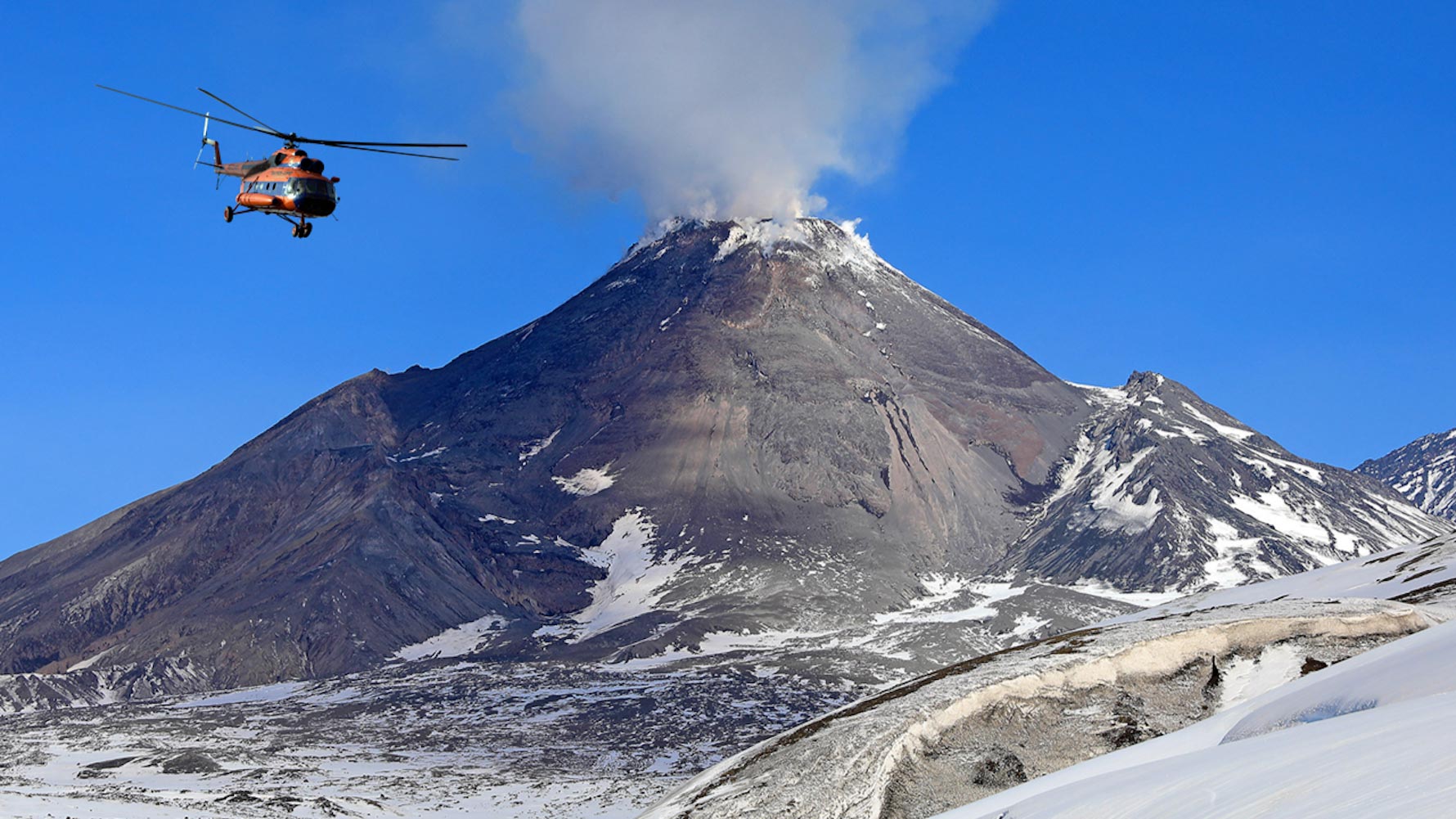Bezymianny is an active stratovolcano on the Kamchatka Peninsula in Eastern Russia. Photo credit: GFZ
For the first time, long-term photogrammetic series document the “life cycle” of a volcano. The analyzes show that volcanoes have a kind of memory.
Volcanoes are born and die – and then grow again on their own remains. The disintegration of a volcano, in particular, is often accompanied by catastrophic consequences, as was last the case with Anak Krakatau in 2018. The flank of the volcano had collapsed and slid into the sea. The resulting tsunami killed several hundred people on the Indonesian coast.
The continued volcanic activity after a collapse has not yet been documented in detail. For the first time, researchers from the German Research Center for Geosciences GFZ and Russian volcanologists present the results of a seven-decade long photogrammetric data series for the Bezymianny volcano in Kamchatka Nature communication earth and environment. The first author Alina Shevchenko from GFZ says: “Thanks to the German-Russian cooperation we were able to analyze and reinterpret a unique data set.”

The pictures show the growth over decades after a volcanic collapse. Photo credit: GFZ
Bezymianny had a collapse of its eastern sector in 1956. Photos of helicopter overflights from Soviet times in combination with more recent satellite drone data have now been analyzed at GFZ Potsdam using the most modern methods. The pictures show the rebirth of the volcano after its collapse. The initial regrowth began at various vents about 400 meters apart. After about two decades, activity increased and the vents slowly moved together. After about fifty years, activity was centered on a single vent that allowed a new and steep cone to grow.
The study’s authors determined an average growth rate of 26,400 cubic meters per day – the equivalent of around a thousand large dump trucks. The results make it possible to predict when the volcanic building can again reach a critical height so that it can collapse again under its own weight. The numerical modeling also explains the stress changes in the volcanic rock and thus the migration of the eruption openings. Thomas Walter, volcanologist at GFZ and co-author of the study, sums up: “Our results show that the decay and regrowth of a volcano have a major influence on the paths of the magma in the depths. Crumbled and newly grown volcanoes show a kind of memory of their changed stress field. “For future prognosis, this means that the history of birth and collapse must be taken into account in order to be able to provide estimates of possible eruptions or impending collapses.
Reference: “The rebirth and development of the Bezymianny volcano in Kamchatka after the collapse of the sector in 1956” by Alina V. Shevchenko, Viktor N. Dvigalo, Thomas R. Walter, René Mania, Francesco Maccaferri and Ilja Yu. Svirid, Alexander B. Belousov and Marina G. Belousova, September 10, 2020, Nature communication earth and environment.
DOI: 10.1038 / s43247-020-00014-5



